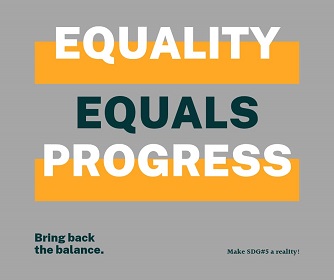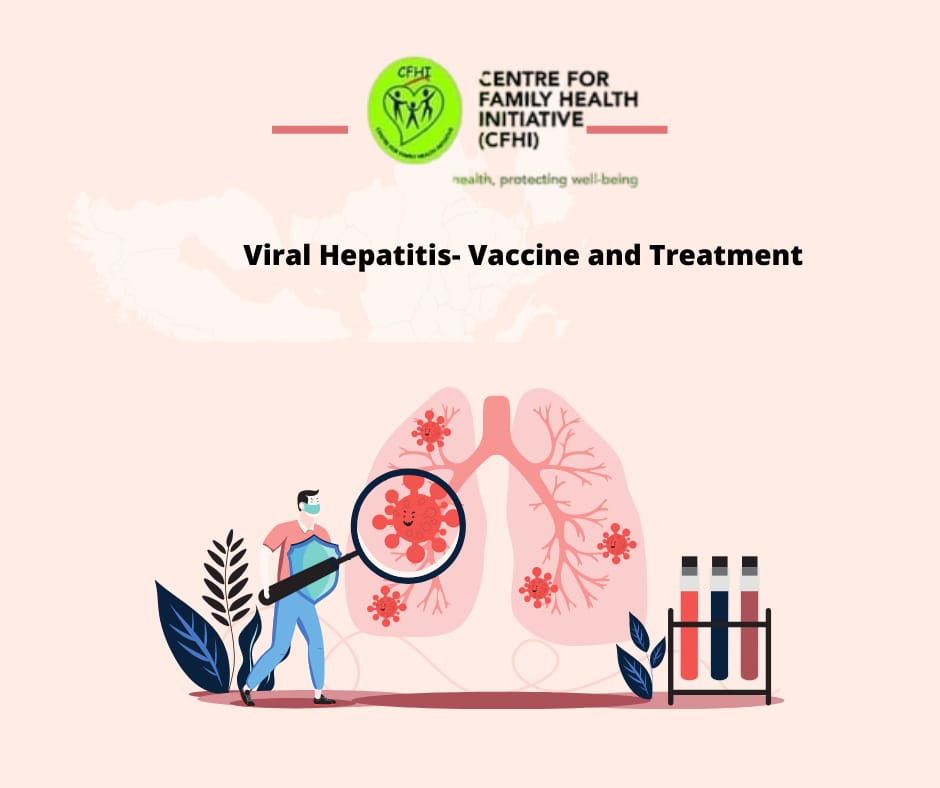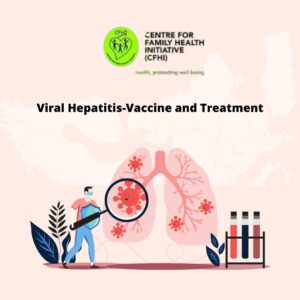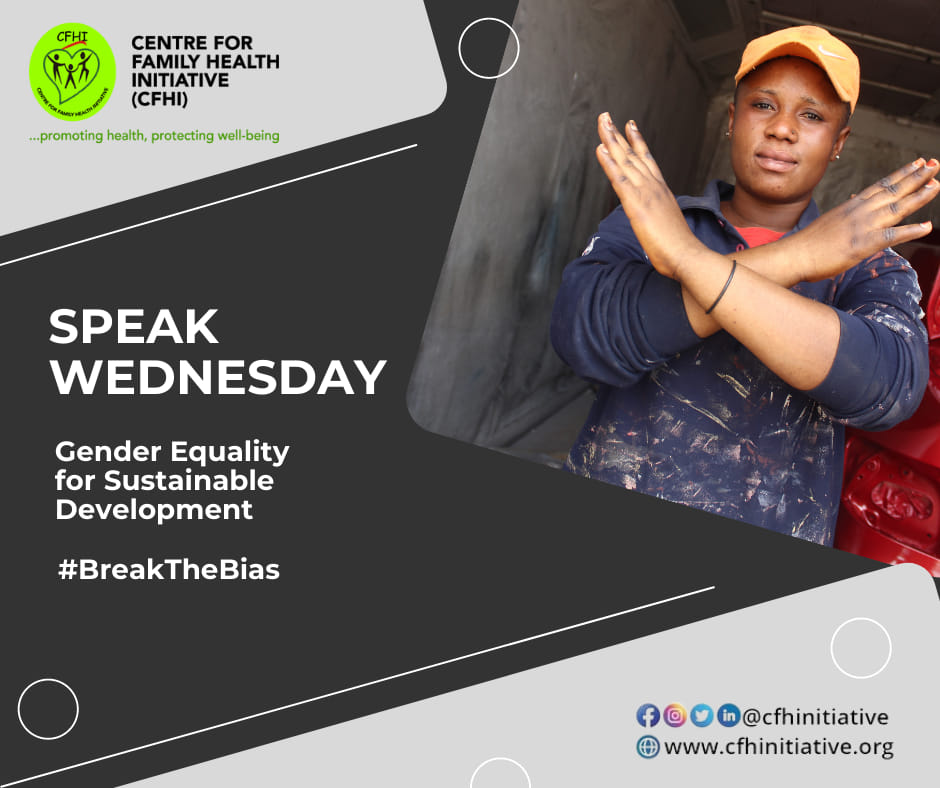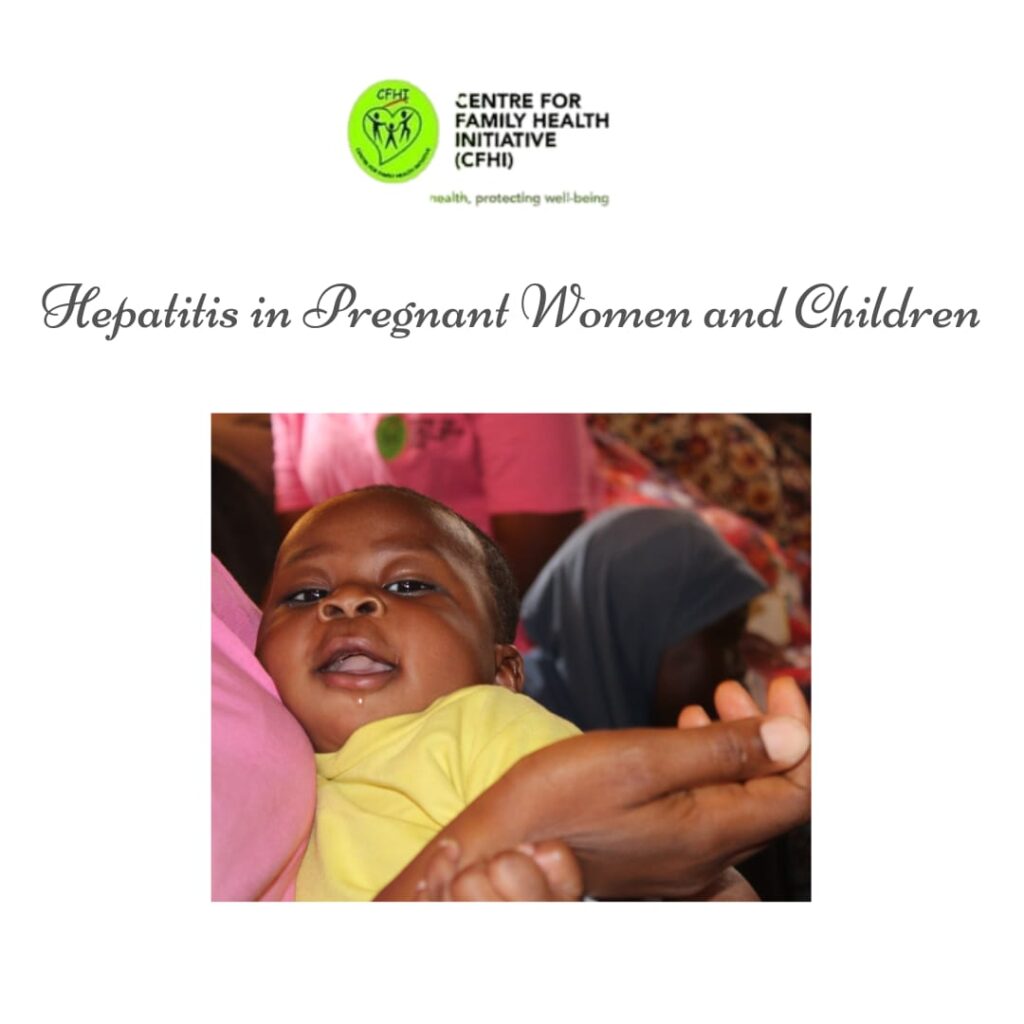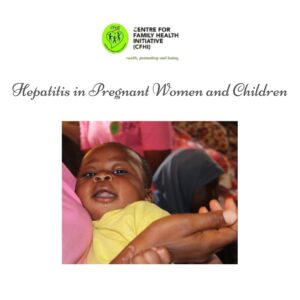ROLE OF GENDER EQUALITY IN ACHIEVING SDGs IN 2030
Gender equality, according to United Nations International Children’s Emergency Fund (UNICEF) is defined as women and men, girls and boys having equal conditions, treatment, and opportunities for realizing their full potential, human rights, and dignity, and for contributing to (and benefitting from) economic, social, cultural and political development. It is the state of equal ease of access to resources and opportunities regardless of gender, including economic participation and decision-making; and the state of valuing different behaviors, aspirations, and needs equally, regardless of gender.
There is a growing global recognition that gender is a key determinant of health inequalities and health sector performance. In framing the Sustainable Development Goals and 2030 Global agenda for All, it was widely recognized that integrating gender equality and women and girls’ empowerment perspectives into policies and programs is important to the achievement of global commitments and targets. More precisely, global best practices in health care delivery demonstrate that gender mainstreaming and human rights-based approaches lead to better health outcomes for men and women, boys and girls.
Women and girls make up half of the population of the world yet are marginalized in every area of life. Extreme poverty is higher among women because of the societal and cultural belief that women are homemakers while men are said to be breadwinners. The popular saying “Educate a girl educate a nation” is a call for action that should be championed by all. Poverty would end in all its forms in society and will improve if women have access to decent work and pay.
Also, maternal and child mortality will reduce if women have full rights and protection to reproductive rights, especially the eradication of female genital mutilation done on girls and women. This will indirectly bring a significant change in the promotion of life and well-being of all which is one of the global goals.
Every gender prejudice has an undermining effect on all other global goals because women make up half of the population of the world, and women’s right is a human right.
Once given the right tools, and privilege, women will achieve more success across all disciplines and live a self-empowered and independent life that will benefit the overall betterment of society.
Speak Wednesday is an initiative of CFHI to address issues around gender-based violence and gender bias.
#SpeakWednesday #GenderEquality #SDG5 #GenderBias #EqualityEqualsProgress
ROLE OF GENDER EQUALITY IN ACHIEVING SDGs IN 2030 Read More »

